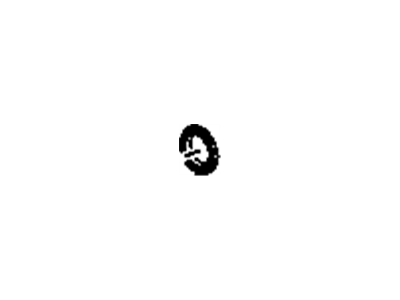
My Garage
My Account
Cart
Genuine Saturn LS1 Wheel Seal
Wheel Axle Seal- Select Vehicle by Model
- Select Vehicle by VIN
Select Vehicle by Model
orMake
Model
Year
Select Vehicle by VIN
For the most accurate results, select vehicle by your VIN (Vehicle Identification Number).
1 Wheel Seal found
Saturn LS1 Seal Kit,Front Wheel Drive Shaft
Part Number: 24203910$29.57 MSRP: $48.94You Save: $19.37 (40%)Ships in 1 Business Day
Saturn LS1 Wheel Seal
Each OEM Saturn LS1 Wheel Seal we offer is competitively priced and comes with the assurance of the manufacturer's warranty for the part. Furthermore, we guarantee the speedy delivery of your orders right to your doorstep. Our hassle-free return policy is also in place for your peace of mind.
Saturn LS1 Wheel Seal Parts Questions & Experts Answers
- Q: How to replace the wheel seals in a transaxle on Saturn LS1?A:The wheel seals are located on the sides of the transaxle and they are into which the inboard ends of the driveaxles are inserted. This test may be performed either when the vehicle is still on the ground or when it is on a hoist; however, if a leak is suspected, it is recommended the vehicle is lifted onto jackstands. A leaking seal will therefore display signs such as lubricant on the transaxle side of the seal. Loosen the driveaxle and again measure from the top end of the metal casing of the wheel seal to the surface of the transaxle; this measurement is very important when fixing the seal. Remove the seal from the transaxle bore with a screwdriver or prybar; if this does not work, a special seal removal tool will have to be used. This should be done by comparing the old seal with the new one to guarantee that they are compatible. Next, the lip and the outer skin of the new seal should be coated with the multi-purpose grease. Insert the new wheel seal with a seal installer or any similar tool gently into the bore so that it fits up to the distance that was earlier measured. Last but not least, replace the driveaxle, lower the car, and examine the fill level of the transaxle, topping up if empty.










